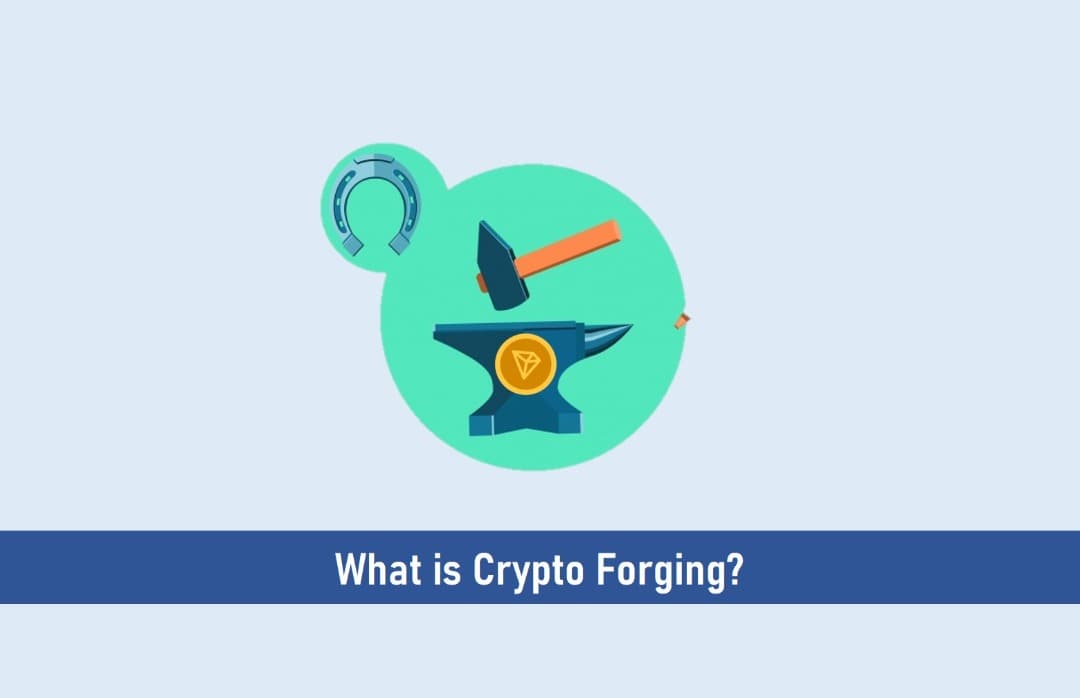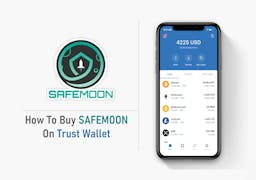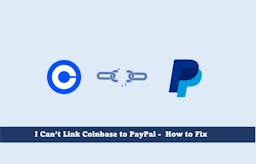
Crypto Forging in cryptocurrencies is the process of creating new blocks in the blockchain using the Proof-of-Stake algorithm in exchange for a reward in the form of new cryptocurrency and commission fees.
Forging isn’t the sole method for generating new blocks. Mining, which is based on the Proof-of-Work algorithm, is an alternative. Typically, just one technique is employed, although several cryptocurrencies tend to combine both of them.

Key Takeaways
•Forging is carried out by cryptocurrencies for different purposes.
•Some cryptocurrencies, such as Bitcoin, cannot be forged; instead, they can only be mined.
Different cryptocurrencies may have different requirements for participating in forging.
For example, only sums of at least 1440 confirmation blocks can participate in Nxt forging; Emercoin requires the assets used in stake valuation to be frozen for at least 30 days.
In this situation, the reward is analogous to the accumulation of interest on the deposit.
What is the Difference Between Mining and Forging?
Unlike proof of work (PoW), proof of stake (PoS) requires the user to own a particular number of tokens (stake) in order to demonstrate the right to verify blocks.
The more bitcoin a miner has under the standard PoS system, the more probable it is that he will be chosen to forge blocks. As a result, the more powerful this validator.
Proof-of-Stake reduces permanent computing while increasing confidence in nodes (block validators) by requiring them to block a specific amount in the system.
This reduced energy consumption allows for quicker processing, which is crucial for scalability.
Eliminating or decreasing sophisticated mining farms decreases the danger of centralization that such operations represent.
How to Take Part in Forging
There are several cryptocurrencies that employ the Proof-of-Stake algorithm today, but the most appealing are NXT, Prizm, and Emercoin. Furthermore, the recently created Avalanche Network allows forging.
To begin minting tokens, you must first block a specified quantity of cash for a set period of time.
Every project has its own set of needs. For example, Emercoin requires cash to remain frozen for at least 30 days and pays a return akin to the interest accrued by a bank. Some assets cannot be forged; for example, Bitcoin can only be obtained by mining.
Anyone, at any time, may forge with the use of a smartphone. As a result, rather than a massive mining farm in Central Asia or Iceland pumping out electricity, the consumption is modest and the environmental impact is minimal.
Forging may be even more profitable than mining, since the coins used for forging are not harmed [and] do not become obsolete in the process.
Furthermore, the market is hungry for quick and low-cost transactions. The industry requires data exchanges thousands of times per second, and forging is the technique that can supply it.
It is currently being disputed whether mining from your mobile device makes economic sense right now. However, as technology advances and humanity moves forward, it is only a matter of time before power-hungry mining farms are left behind.
Forging, as opposed to mining, is based on distinct concepts and provides a variety of benefits to cryptocurrency investors:
•Forging is essentially a technique through which blocks for transaction approval are constructed, generating a crypto reward for the job done.
•Forging in conjunction with PoW systems may be extremely beneficial in resolving a variety of blockchain issues, such as granting wallets permission to identify the account where the next block will be produced and completing transactions.
•It is quite accessible to all users. Hence, if you want to mine crypto, you must perform challenging tasks that become increasingly difficult over time, but forging does not require any particular expertise or expensive equipment.
•There are low entry obstacles as all you need is willingness to work and a small financial investment.
•However, there are obviously drawbacks. For example, if a fraudster knows a node’s address, they might go ahead and attack it.
Forging is actively expanding in general, as all PoW coins will soon be mined, then mining will fade away, while minting and forging will flourish.
Final Thoughts
This article sheds more light on what you need to know about forging as well as how various commodities require forging for different reasons. If you were looking to find an article on crypto forging, then you have just come to the right place.
Read More




